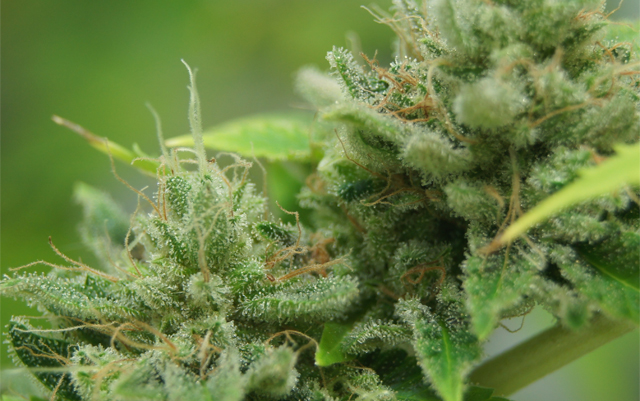
Most people who have used both cannabis and tobacco would tell you that tobacco is more harmful for the body, especially in the long run. Everyone knows that smoking cigarettes causes cancer, but there are also many other harmful side effects from tobacco use that you might not be aware of – yet another reason to stay away from it.
One of the lesser known issues that come with smoking tobacco is a disease called Thromboangiitis obliterans (TO). TO clots capillary blood vessels in the veins and arteries of the fingers and toes, due to the inflammation of surrounding tissue. Showing yet another way that cannabis plant medicine can heal, a new study indicates that medical marijuana reverses the effects of this disease.
The patient in this particular study was showing signs of what the researchers call Buerger disease, which is another name for TO. The patient was found showing signs of TO after it was discovered that they also showed signs of ischemia. Basically, ischemia is when muscle and skin tissue begins to die because they aren’t getting their proper nutrients. Usually, this is caused by poor circulation to the fingers and toes.
The study says that using tobacco products, either chewing or smoking them, directly causes ischemia. In the case of this patient, the blood clotting was caused by the TO, and the cycle continues itself. The degree to which tobacco use exacerbates the symptoms of ischemia and TO is currently unknown. However, the study indicates that every known case of TO was found in patients who have used tobacco in some form.
The study was initiated because a patient who had smoked two and a half packs a day was facing a possible amputation of his leg, because of severe symptoms of ischemia due to TO. The patient’s doctor, and author of the study, Dr. Robinson, recommended amputation right below the knee, but he refused. Instead, he started self-medicating with cannabis and wisely cut back on his tobacco use. After six months of self-medication, the patient was able to get a prescription for medical cannabis. The foot slowly regained circulation, the pain in his foot was reduced, and gradually continued to reduce over time.
After three years of medical cannabis treatments, quitting tobacco and taking antibiotics, the patient’s ischemia was reversed almost entirely. The scars on his foot were also greatly reduced, almost nonexistent. In the study, Dr. Robinson noted that the gradual return of blood flow to the patient’s limbs was likely due to the anti-inflammatory nature of CBD. As with so many other instances involving medical cannabis treatments, the study notes that more tests and research must be done to confirm that this anecdotal case study has statistical relevance and can be used to treat other patients suffering from TO and ischemia.
Go to Source
Author: Jason Sander

















